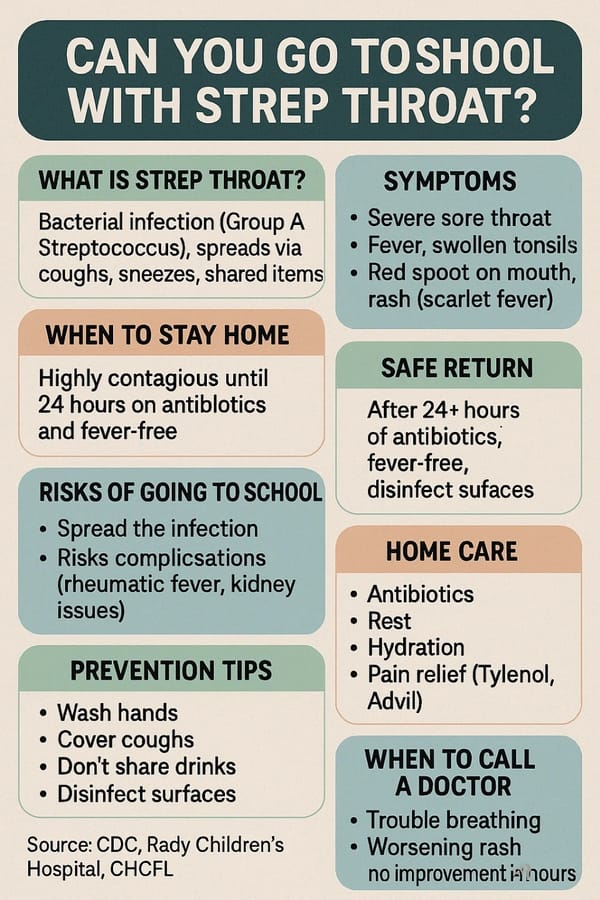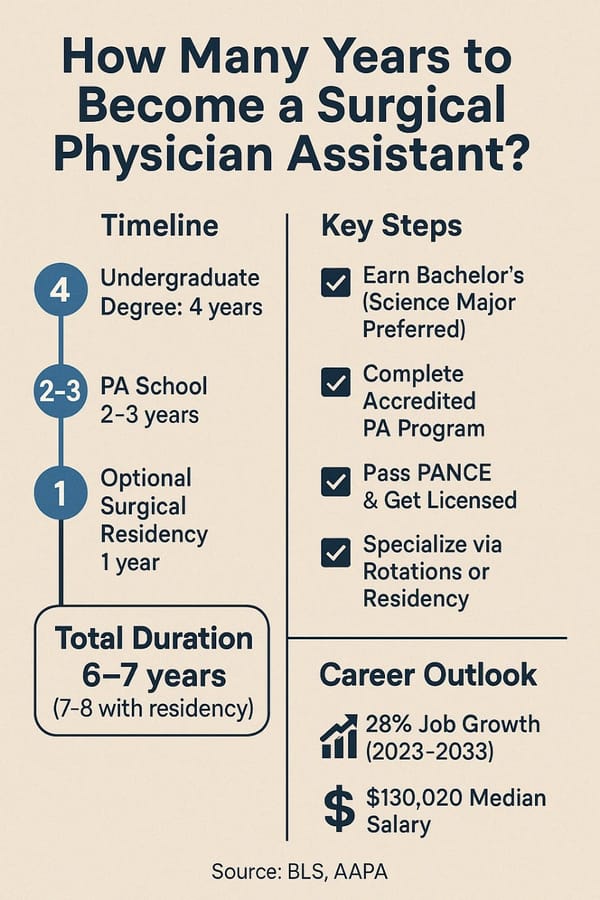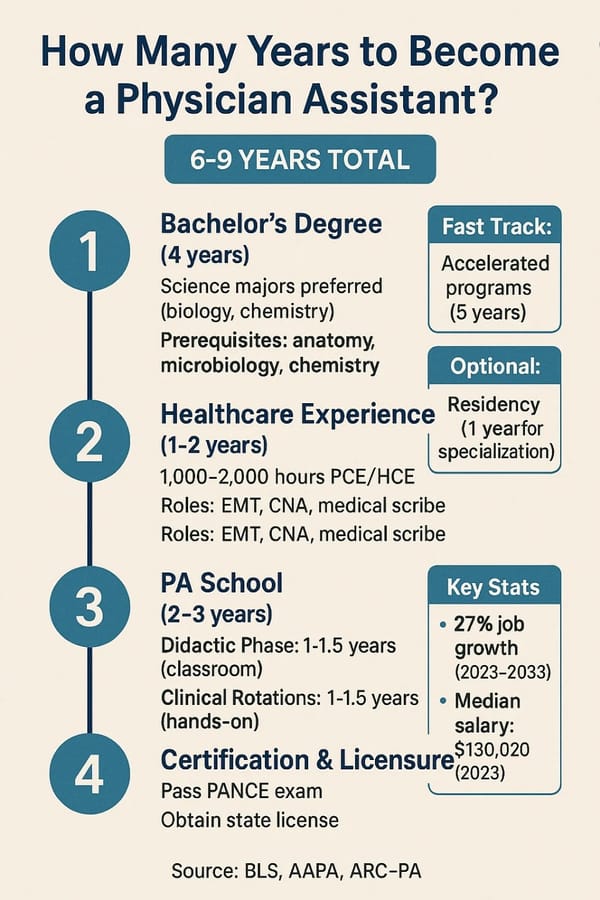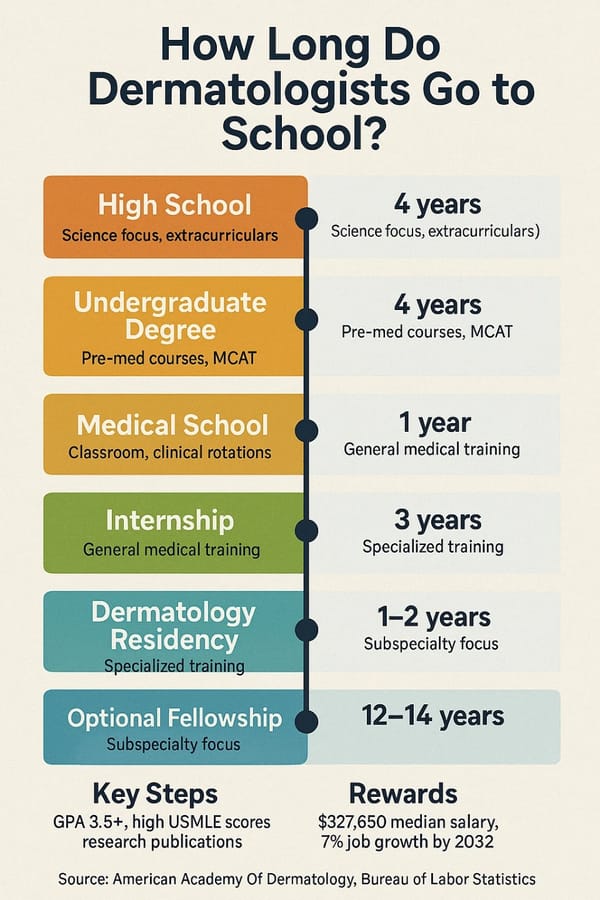Personalized Medical Education Timeline
How Many Years Do Doctors Go to School? A Comprehensive Guide
Ever wondered what it takes to wear that white coat and stethoscope? Becoming a doctor isn’t just a career choice—it’s a marathon of dedication, grit, and years of learning. For high schoolers dreaming of scrubs, college students eyeing medical school, or anyone curious about the journey, the timeline to becoming a fully licensed physician can seem daunting. But understanding the process is the first step to embracing it.
This guide walks you through every stage of a doctor’s education, from undergraduate studies to residency and beyond, with practical insights and a touch of personal reflection. Written from the perspective of someone who’s seen the academic grind up close, it’s crafted for aspiring doctors and curious minds eager to grasp what fuels this path. By the end, you’ll know exactly how long it takes and gain tips to navigate your own medical ambitions.
Why So Many Years?
Medicine isn’t a field that tolerates shortcuts. Doctors need precision, deep knowledge, and the ability to make life-saving decisions under pressure. Mastering complex science, honing clinical skills, and building sound judgment takes time—typically 11 to 16 years after high school in the U.S., depending on the specialty. This spans college, medical school, residency, and sometimes fellowship. Let’s break it down to see what each phase demands.
Stage 1: Undergraduate Degree (4 Years)
Building the Foundation
The journey kicks off with a bachelor’s degree, usually a four-year commitment. While medical schools don’t mandate a specific major, most future doctors gravitate toward biology, chemistry, or biochemistry to nail prerequisites like anatomy, physiology, and physics. These courses lay the groundwork for what’s to come.
Beyond academics, undergrads hustle to craft standout medical school applications. This means acing the Medical College Admission Test (MCAT), keeping a stellar GPA, and stacking experiences like volunteering, research, or shadowing physicians. I remember juggling late-night study sessions with hospital shifts during college—exhausting but thrilling as the medical world started to feel real.
Can You Speed It Up?
Some students fast-track their degree by overloading credits or joining combined BS/MD programs, which can trim a year or two. Programs like Brown University’s Program in Liberal Medical Education let students slide into medical school after a condensed undergrad phase. These are rare and fiercely competitive, though.
| Pathway | Duration | Notes |
|---|---|---|
| Standard Bachelor’s | 4 years | Flexible for exploring majors and extracurriculars. |
| Accelerated BS/MD Program | 3–4 years | Integrates undergrad and med school; highly selective. |
Stage 2: Medical School (4 Years)
The Core of Medical Training
Medical school is a four-year dive into earning a Doctor of Medicine (MD) or Doctor of Osteopathic Medicine (DO) degree. It’s split into two phases: preclinical and clinical years, each with its own intensity.
Preclinical Years (Years 1–2)
The first two years are classroom-heavy, tackling subjects like anatomy, pharmacology, pathology, and biochemistry. Students grind through lectures, labs, and study groups, soaking up medical science. It’s overwhelming—like trying to sip from a firehose. A med school friend once shared how dissecting cadavers in anatomy lab felt both humbling and electrifying, revealing the body’s complexity.
Students also start practicing clinical skills, like patient interviews and exams, on actors or simulators. These years wrap up with the United States Medical Licensing Examination (USMLE) Step 1, a high-stakes test of foundational knowledge.
Clinical Years (Years 3–4)
Years three and four pivot to clinical rotations in hospitals and clinics, supervised by seasoned doctors. Students dive into specialties like internal medicine, surgery, pediatrics, and psychiatry, getting hands-on with real patients. This is when passions ignite—maybe for cardiology’s adrenaline or family medicine’s broad care.
Fourth-year students tackle the USMLE Step 2 Clinical Knowledge (CK), testing clinical judgment, and apply for residency. The Association of American Medical Colleges notes that most students graduate around age 28, reflecting the time sunk into this phase.
Any Shortcuts?
Most MD and DO programs stick to four years, but rare accelerated options, like McMaster University Medical School’s three-year program, exist for top performers. Dual degrees, like an MD/PhD, stretch things to 7–8 years due to research demands.
Stage 3: Residency (3–7 Years)
Becoming a Doctor
Post-medical school, graduates enter residency, a supervised training period in their chosen specialty. Duration varies:
- Primary care (family medicine, pediatrics, internal medicine): 3 years
- Surgical fields (general surgery, orthopedics): 5 years
- Specialized areas (neurosurgery): 7 years
Residents work grueling 60–80-hour weeks, sharpening skills in real-world settings. They also take the USMLE Step 3, the final licensing exam, often after year one. Residency is tough but defining—residents I know say it’s when they first felt like doctors, despite the fatigue.
The Accreditation Council for Graduate Medical Education (ACGME) ensures programs meet strict standards. The National Resident Matching Program reported in 2022 that matched U.S. students averaged 7.9 research experiences, showing how fierce competition is for spots in fields like dermatology.
| Specialty | Residency Duration | Typical Workload |
|---|---|---|
| Family Medicine | 3 years | Broad care, outpatient focus. |
| General Surgery | 5 years | Long hours, intense procedures. |
| Neurosurgery | 7 years | Complex cases, high demands. |
Stage 4: Fellowship (1–3 Years, Optional)
Diving Deeper
Want to subspecialize, like becoming a cardiologist instead of a general internist? A fellowship adds 1–3 years. These programs hone skills in areas like oncology or pediatric surgery. Not everyone takes this step—many primary care doctors start practicing post-residency.
Fellowships are competitive, demanding stellar residency records and often research. A cardiologist, for example, might do three years of internal medicine residency plus a three-year fellowship, hitting 10 years post-med school. The American Medical Association highlights that fellowships are growing as medicine gets more specialized.
What Can Stretch the Timeline?
Gap Years and Research
Some students take gap years to boost applications with clinical work or research, adding time but strengthening their profiles. A 2016 study on PubMed Central found 32% of med students took research years to compete for residencies.[1]
Non-Traditional Routes
Career-changers or older students may need extra time for prerequisites. There’s no age cap—Inspira Advantage notes 30% of U.S. doctors are over 60, proving late starters thrive.
Accelerated Options
On the flip side, finishing college early or joining programs like University of Calgary’s Cumming School of Medicine’s three-year track can shave off years.
Emotional and Financial Costs
The years are just part of it. Medical school tuition averages $60,000 annually, per the AAMC, and residents earn about $60,000 despite long hours. Emotionally, it’s a rollercoaster—friends in training faced burnout but grew into empathetic healers. The payoff? Salaries of $200,000–$300,000 and the chance to change lives.
Conclusion: Worth the Marathon?
So, how many years does it take? Most doctors invest 11–16 years post-high school: four in college, four in medical school, and three to seven in residency, with fellowships for some. Your specialty, program, and path shape the exact timeline.
This journey molds doctors who are skilled, compassionate, and ready to serve. If it’s your dream, dive in—shadow a physician, research programs, or connect with mentors to test the waters. Got questions or want to share your medical goals? Leave a comment below, and let’s keep exploring together!
This study shows how gap years for research or clinical work are common to boost residency applications. ↩︎






